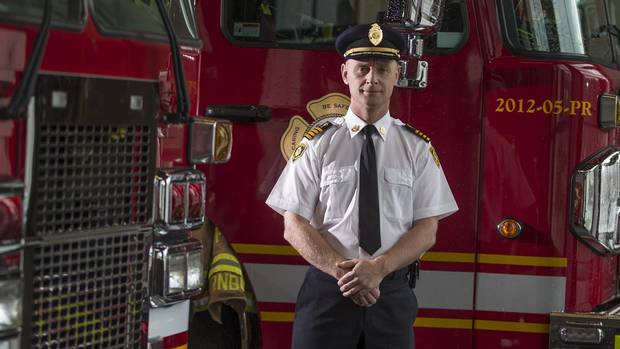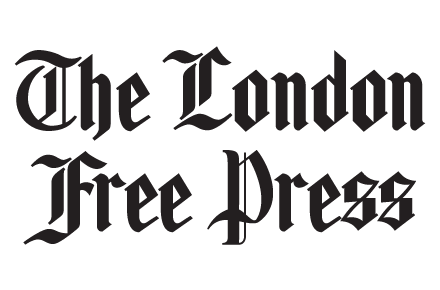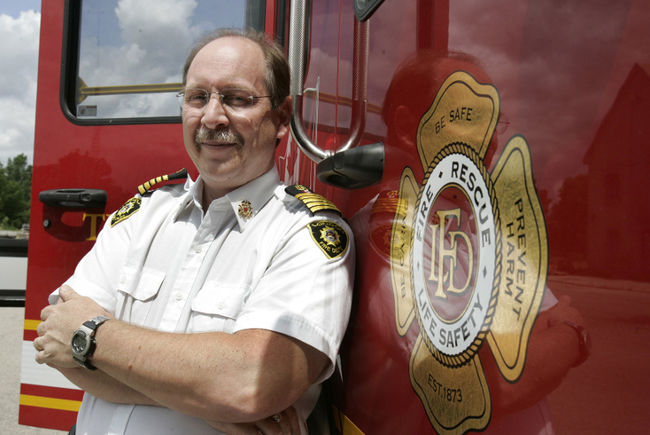How killing the long-form census hurt community planning
David Lazenby, deputy fire chief in London, Ont., was convinced that the future of firefighting was not in actually fighting fires, but in preventing them.
But how do you predict where a fire might occur? Laying out fire data on a map, certain patterns jump out.
“To be quite frank, low income, low education levels, young age, they all play a part in who is more likely to have a fire,” Mr. Lazenby said. “If you look at the map, you know where your hot spots are, pardon the pun.”
The crucial building block for this kind of data mapping is the Canadian census, beset by controversy ever since the Conservative government chose to kill the mandatory long-form portion and replace it with the voluntary National Household Survey. Critics and many experts say the NHS is a far less accurate tool. Response rates varied between groups and tended to skew to the wealthy.
When the results of the 2011 NHS were published, Statscan withheld data at the smallest, most detailed geographic level, known as the dissemination area (DA) – a neighbourhood-type unit equivalent to about 250 households – because it couldn’t vouch for its reliability. But it’s that granularity that agencies such as the London Fire Department depend on to make informed decisions about the services they provide.
Mr. Lazenby has turned to a product made in the private sector that maps many of the same variables once reliably done by Statscan. Environics Analytics, a Toronto company, purchased tax filer data from the government, as well as statistics on immigration arrivals and the unpublished DA level data from Statscan, to produce something that at least resembles the level of detail from the old long-form census.
They’re selling the national data set, called CensusPlus, for a few thousand dollars. Their main customers are municipalities that want better neighbourhood-level information for planning purposes, and businesses that want to understand the local clientele.
“We’re not saying we didn’t need the mandatory census or that these data would be as good as if Statistics Canada had done a mandatory long-form census, but businesses absolutely rely on income and ethnicity data for small areas and Statscan didn’t release them,” said Jan Kestle, president of Environics Analytics.
“It’s easier to do when you’re only five years out from a
Most people use the company’s data in conjunction with a mapping tool and segmentation analysis, which sorts the population into lifestyle categories such as “Middleburg Managers” and “Young Digerati,” to better understand their habits and tastes. A library, for example, found that despite having a large population of senior citizens, programs advertised to “seniors” were a bust. Having looked more closely at their income and lifestyle data, they targeted the same group as “mature adults” and had much more success.
“Often, the real power is in the melding of the data. They know things about their users, but not their neighbourhood, then they marry them,” said Doug Norris, chief demographer at Environics Analytics.
Robert Dalgleish, an executive director at the United Church of Canada, is eagerly awaiting new data sorted down to the DA level. He said more than 500 local congregations in the church use this kind of data to better understand the areas they inhabit. One puzz-ling finding was that for every identified member of the United Church in a congregation, there are nine others living within a few kilometres who never attend a service.
“The data doesn’t give us answers, but it gives us really good questions,” Mr. Dalgleish said. “It really allows congregations to drill down into their communities.”
Mr. Lazenby said using the tools has had a big impact on the effectiveness of the fire service’s public-education campaigns. Structure fires were down by 30 per cent last year, and he attributes much of that success to a smarter, better targeted awareness scheme.
“We’re slowly getting more sophisticated about recognizing who our customers are at 3 o’clock in the morning,” he said. “Who are the ones having the fires? How do we best communicate to them?”






